Search the Special Collections and Archives Portal
Search Results
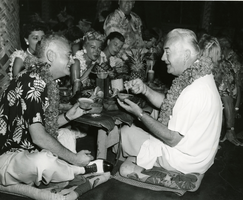
Photograph of Wilbur and Toni Clark with William and Grace Boyd at Don the Beachcomber's, Waikiki Beach, Honolulu, Hawaii, circa 1947-1950s
Date
Archival Collection
Description
Image
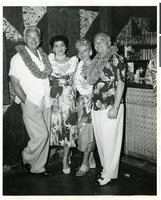
Photograph of William Boyd, Toni Clark, Grace Boyd and Wilbur Clark in Hawaii, circa 1950s
Date
Archival Collection
Description
Image
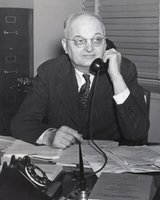
Photograph of Goodrich W. Lineweaver, Washington, D.C., 1945
Date
Archival Collection
Description
Image

Photograph of the Las Vegas Kiwanis Club members, Las Vegas, February, 1943
Date
Archival Collection
Description
Image

Photograph of the Rotary Club, Las Vegas, circa 1946
Date
Archival Collection
Description
Rotary Club about 1946. Kneeling (left to right) Jack Woods, C.P. Squires, Dr. John McDaniel, William Ruyman, Fred O'Donnell, Allye Lawson, Harry Allen, Marion Earl, Cliff Huntington, Sebastian Mikulich, Al Caradette. Standing left to right: J. Kell Houssels, Jake Von Tobel, Al W. Blackman, Tom Campbell, Harvey Luce, Alden Sharp, J.W. "Weary" Wilson, Dr. Dave Hemmington, Dr. Wilbur Sylvester, L.N. Grindell, ?, James Shaver, M.W. Davis, Chris Rasmussen, Carl Hyde, M.M. Sweeney, Ed Borsack, Frank Gusewell, Ed Ciliax, ? , Ernest Cragin, W.J. "Bill" Moore, Max Kelch, Walter Bracken, Dr. Stan Hardy, Archie Grant, Cyril Wengert, Dr. Robert Gatewood, ? , Bill Ferron, Dr. Claire Woodbury, Richard Stadelman. Physical object has an insert containing additional biographical information.
Image
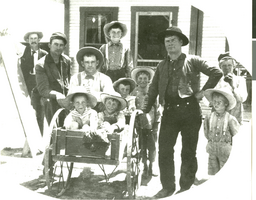
Photograph of a Mail delivery cart, Las Vegas, 1908
Date
Archival Collection
Description
Image
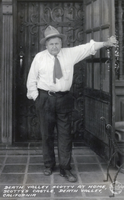
Postcard showing Death Valley Scotty at Scotty's Castle, Death Valley, circa 1920 to 1955
Date
Archival Collection
Description
Image
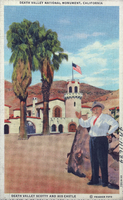
Postcard showing Scotty's Castle and Death Valley Scotty, Death Valley, California, circa 1930s
Date
Archival Collection
Description
Image
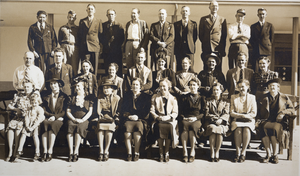
Photograph of a crowd of people associated with the Union Pacific Railroad, Las Vegas, 1940
Date
Archival Collection
Description
Image
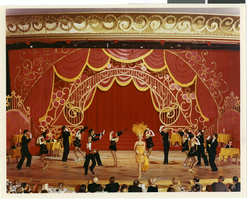
Photograph showing a production of Pzazz! 70 staged by Donn Arden, Desert Inn Hotel, Las Vegas, circa 1970
Date
Archival Collection
Description
Show Name: Pzazz! 70
Performance Name: Chicago: Club Royale
Image
